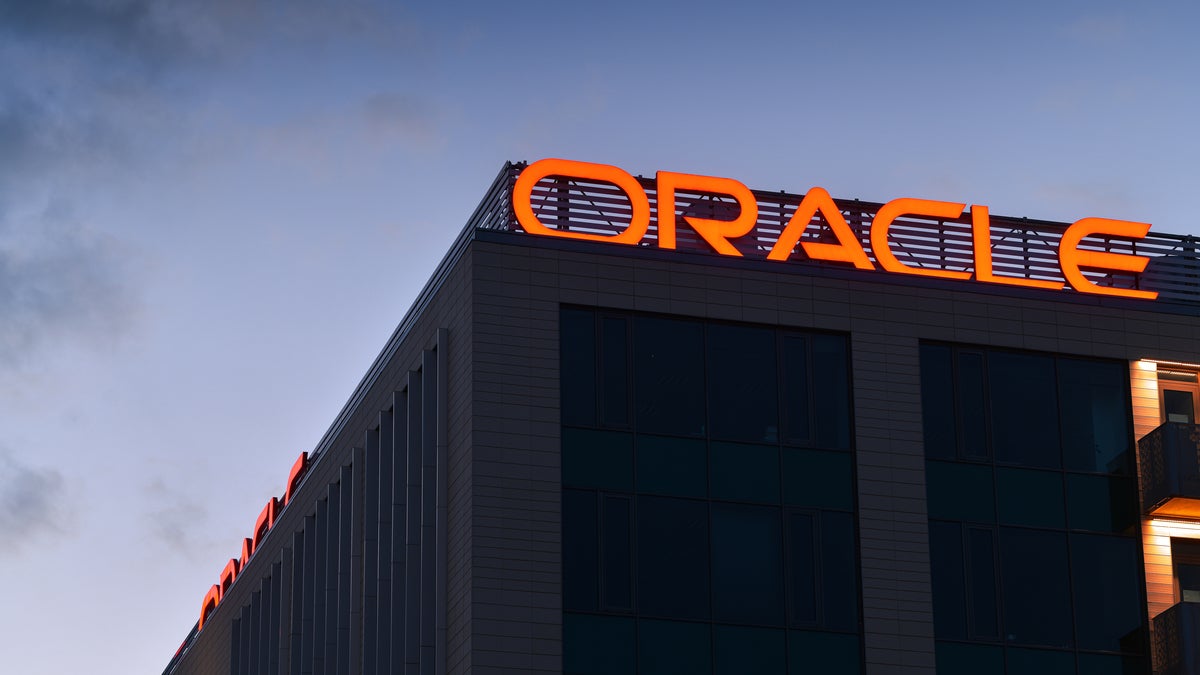Dell Latitude E6410 Notebook| Quantity Available: 40+
This post is intended for businesses and other organizations interested... Read more →
Posted by Richy George on 12 June, 2024

Oracle is connecting its cloud to Google’s to offer Google customers high-speed access to database services. The move comes just nine months after it struck a similar deal with Microsoft to offer its database services on Azure. Separately, Microsoft is extending its Azure platform into Oracle’s cloud to give OpenAI access to more computing capacity on which to train its models.
“What started as a simple interconnect is becoming a more defined multicloud strategy for Oracle. The announcement is the beginning of a new trend—cloud providers are willing to work together to serve the needs of shared customers,” said Dave McCarthy, Research Vice President at IDC.
The Oracle-Google partnership will see the companies create a series of points of interconnect enabling customers of one to access services in the other’s cloud. Customers will be able to deploy general-purpose workloads with no cross-cloud data transfer charges, the companies said.
The two clouds will initially interconnect in 11 regions: Sydney, Melbourne, São Paulo, Montreal, Frankfurt, Mumbai, Tokyo, Singapore, Madrid, London, and Ashburn.
Oracle also plans to collocate its database hardware and software in Google’s datacenters, initially in North America and Europe, making it possible for joint customers to deploy, manage, and use Oracle database instances on Google Cloud without having to retool applications.
The two companies will market that service under the catchy name of Oracle Database@Google Cloud. Oracle Exadata Database Service, Oracle Autonomous Database Service, and Oracle Real Application Clusters (RAC) will all launch later this year across four regions: US East, US West, UK South, and Germany Central, with more planned later.
Oracle Database@Google Cloud customers will have access to a unified support service, and will be able to make purchases via the Google Cloud Marketplace using their existing Google Cloud commitments and Oracle license benefits.
The partnership with Google Cloud can be seen as a continuation of Oracle’s multicloud strategy that it started executing with the Microsoft partnership, analysts said, adding that Oracle expects that the new offerings will help many of its customers fully migrate from on-premises infrastructure to the cloud.
By adopting a multicloud approach, Oracle avoids going head-to-head “entrenched” cloud providers. Instead, McCarthy said, Oracle is leveraging its strengths in data management to solve problems that other cloud providers cannot.
Oracle may have been swayed by the experience of its partnership with Microsoft Azure, dbInsight’s chief analyst Tony Baer said. Although AWS may have been a more obvious target to partner with next due to its reach, Google Cloud was probably “more hungry” for a partnership, he said.
McCarthy expected AWS to soon start exploring a similar partnership with Oracle as the Azure and Google Cloud partnerships will put pressure on the hyperscaler.
“AWS faces the same challenges as the other clouds when it comes to Oracle workloads. I expect this increased competition from Azure and Google Cloud will force them to explore a similar route,” he said, adding that migrating Oracle workloads has always been tricky and cloud providers need to offer the combination of Oracle’s hardware and software to allow enterprises to unlock top notch performance across workloads.
Separately, Oracle is partnering with Microsoft to provide additional capacity for OpenAl by extending Microsoft’s Azure Al platform to Oracle Cloud Infrastructure (OCI).
“OCI will extend Azure’s platform and enable OpenAI to continue to scale,” said OpenAI CEO Sam Altman in a statement.
This partnership, according to independent semiconductor technology analyst Mike Demler, is all about increasing compute capacity.
“OpenAI runs on Microsoft’s Azure AI platform, and the models they’re creating continue to grow in size exponentially from one generation to the next,” Demler said.
While GPT-3 uses 175 billion parameters, the latest GPT-MoE (Mixture of Experts) is 10 times that large, with 1.8 trillion parameters, the independent analyst said, adding that the latter needs a lot more GPUs than Microsoft alone can supply in its cloud platform.
Next read this:
Copyright 2015 - InnovatePC - All Rights Reserved
Site Design By Digital web avenue